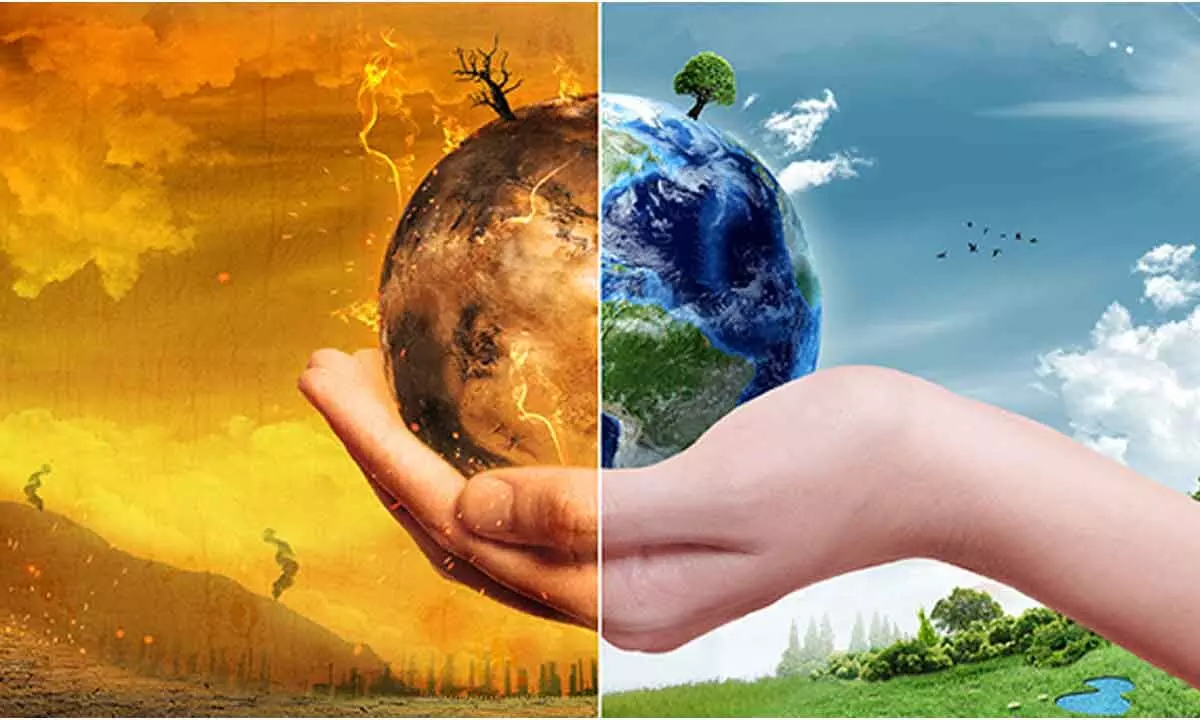Live
- Sharvari Wagh steals spotlight with stunning appearance
- Director Malli Ankam unveils insights into Allari Naresh’s ‘Aa Okkati Adakku’
- Indian Official Accused Of Orchestrating Attack On Khalistani Terrorist In the US
- Crisis of Loyalty: Congress Leaders Defecting To BJP Sparks Concerns
- Anand Devarakonda’s ‘Gam Gam Ganesha’ set to hit theaters on May 31st
- IPL 2024: With belief in process, Ravi Bishnoi remains hopeful of selection in T20 WC
- Preity Zinta misses 'Pati Parmeshwar' Gene Goodenough, drops adorable video
- Jaipur International Airport receives another hoax bomb threat
- Ultratech posts 35 per cent jump in Q4 net profit, declares dividend of Rs 70 per share
- Seven dead in attack on Russian police post in the North Caucasus









